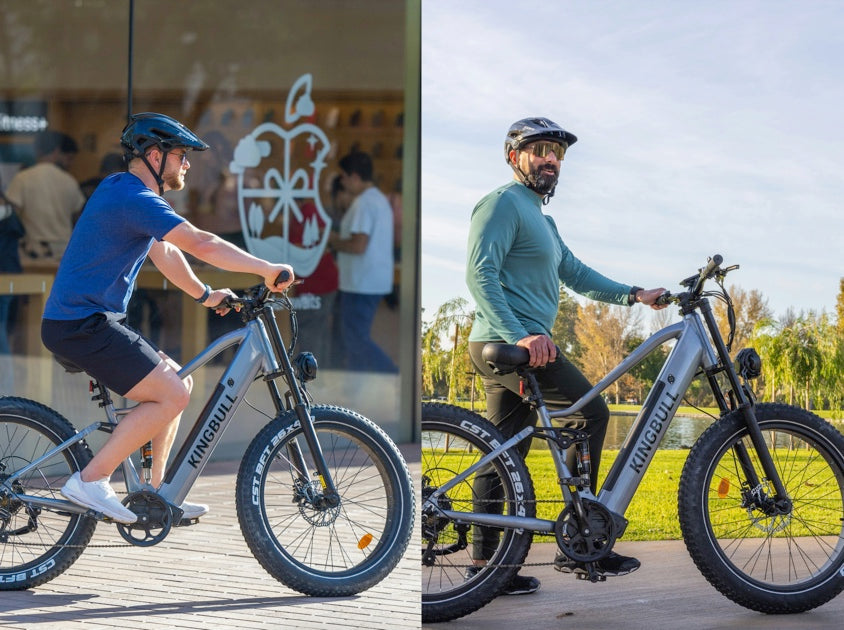Charging your e-bike can vary significantly depending on whether you’re riding in an urban or rural area. While urban environments often provide more charging infrastructure and convenience, rural areas may require more planning and preparation. In this blog, we’ll explore the differences between e-bike charging in urban and rural settings and provide tips for each.
1. Urban E-Bike Charging: Convenient but Crowded
In urban areas, riders benefit from the convenience of public charging stations, cafes, and bike-friendly locations with outlets. However, the high density of e-bike users can sometimes make these charging spots crowded. If you’re commuting or riding in a city, planning your charging stops ahead of time is still recommended, especially during busy hours.
2. Rural E-Bike Charging: Plan Ahead
In rural areas, charging infrastructure may be limited, making it essential to plan your ride and charging stops ahead. Carrying a portable charger or an extra battery can be a game-changer in these environments. You may need to rely on local businesses or accommodations with outlets, as dedicated charging stations may be scarce.
3. Charging Speed and Infrastructure
Urban environments often have access to fast chargers, making it easy to top up your battery during short breaks. In rural areas, however, charging might take longer, especially if you’re relying on standard outlets. Riders in rural settings should plan for longer charging times and ensure they have enough power to reach the next available charging point.
4. Use of Charging Apps and Maps
Whether you’re in the city or the countryside, using e-bike charging apps and maps is a helpful way to find available charging stations along your route. Apps like PlugShare or specialized e-bike apps can point you to the nearest public or private charging points, helping you avoid any charging surprises.
5. Carrying Extra Charging Solutions
For riders in rural areas, carrying extra charging solutions like portable chargers or solar chargers is highly recommended. This ensures you’re never caught without power in remote locations. In contrast, urban riders may find it easier to rely on the abundant public infrastructure.
Conclusion
Whether you’re riding in an urban or rural area, the key to successful e-bike charging is preparation. Urban areas provide more convenience and fast charging options, while rural areas require extra planning and backup charging solutions. By understanding the differences and planning ahead, you can ensure a smooth, power-filled ride no matter where you are.


Share:
How to Best Charge E-Bikes for Long Trips: A Guide
GaN Technology: How It’s Revolutionizing E-Bike Charging